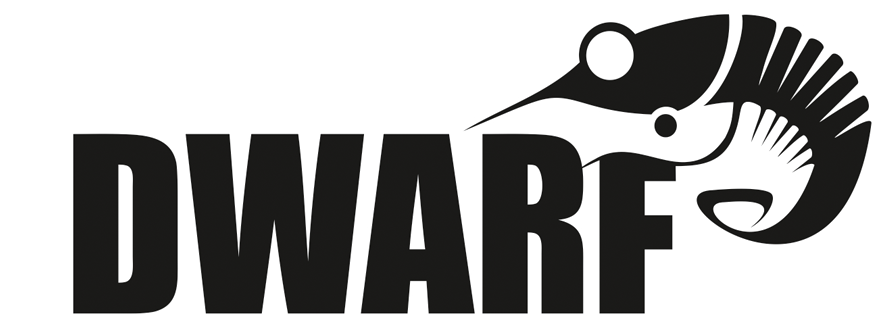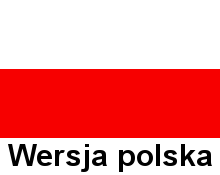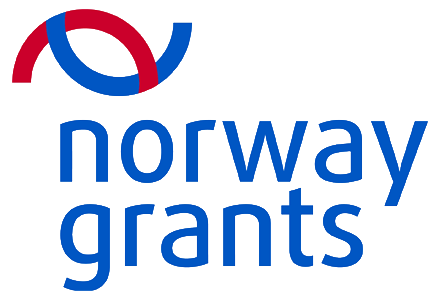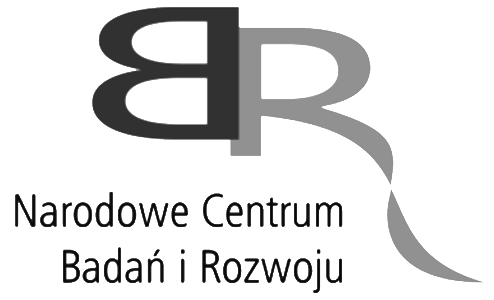|
Abstract
Objectives Methods Working plan Work packages References |
Working planThe work in the project will be organised in 7 work packages that will cover all necessary actions to achieve goals of the proposal:WP1 will focus on the size patterns in terrestrial ectotherms. The study will be conducted on selected species of Collembola (springtails) and the dung fly – Scatophaga furcate. The population on Svalbard and mainland Norway will be sampled and analysed with respect to body, cell and genome size. Thermal reaction norms for the same parameters in S. furcae will be studied experimentally by rearing animals originated from selected populations on homogenised dung at different temperatures. 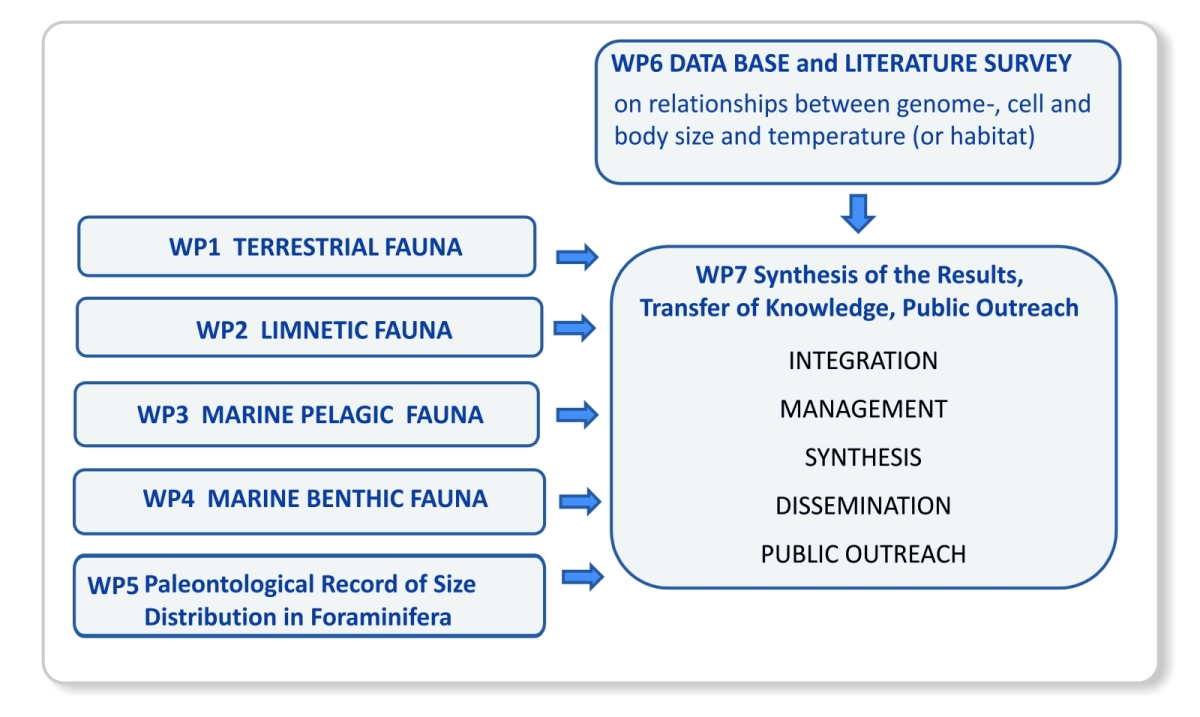
The freshwater biota will be explored by scientists participating in WP2. The selected species here will be Arctic charr plus the two macrocrustaceans Lepidurus arcticus and Mysis relicta. The Arctic charr is the sole species of freshwater fish common on Svalbard, and it is also distributed on the entire mainland of Norway, making an ideal thermal gradient. Moreover, it is split in migratory and stationary populations, offering to test for the role of size vs temperature also on cell- and genome size. Also the two invertebrate species have a wide thermal gradient in their habitat range, stretching from Northern Svalbard to Southern Norway. The tasks of this WP will include genome, cell and body size analyses of populations sampled along the thermal gradient as well as experimental study of thermal responses in invertebrates. WP3 aims to document the effects of hydrological conditions on marine plankton composition and size structure with a special focus on C. glacialis, a main inhabitant of Arctic shelves. Mesozooplankton will be collected with the use of standard net sampling (MPS, net mesh 180 µm) for size determination of individual species and life stages as well as advanced, high-resolution optical method (Laser Optical Plankton Counter – LOPC) for automatic counting and sizing all plankton particles. The collected specimens will be measured and their size will be converted to biovolume and biomass. Finally the Normalized Biomass Size Spectra (NBSS) of the whole plankton communities in different hydrological regimes will be calculated for production modelling and their trophic relationships. Marine benthic fauna that encompasses a large diversity of taxonomic groups and habitats will be studied by researchers participating in WP4. The response of size distributions in populations and communities to changing thermal regimes will be explored for benthic communities dwelling in subtidal sediments and for encrusting Bryozoa that dominate on rocky sea bottom. The analyses will be performed on materials collected in the scope of this project as well as on archived materials of macrobenthic samples stored at Akvaplan niva and historical collections stored at Natural History Museums. The implications of change in size structure for functioning of the communities will be identified based on assessment of the secondary production of the studied communities. WP5 will enrich the project with an insight into the variability in organism size in response to past climate changes. This WP will focus on changes in size of Foraminifera tests in Holocene sediments. Three cores collected in Svalbard waters and stored at IO PAN will be used for analyses of test size in selected species and whole assemblages and the size changes will be related to environmental record. As a separate task, the project will take advantage of the huge database on genome-size in animals (http://www.genomesize.com/) which will be screened for genome size related to latitude and (tentative) temperature for a wide range of fish and invertebrates by WP6. WP7 is tasked to integrate the results produced by all workpackages. A publication presenting a synthesis of responses of organisms and communities representing various taxonomic groups and habitats and observed at different levels of the biological organisation documented by other WPs will be produced. WP7 will also co-ordinate project work efforts, organise meetings and control the execution of project and work package tasks, milestones and products. WP7 will also take care of the project results dissemination and public outreach. |
